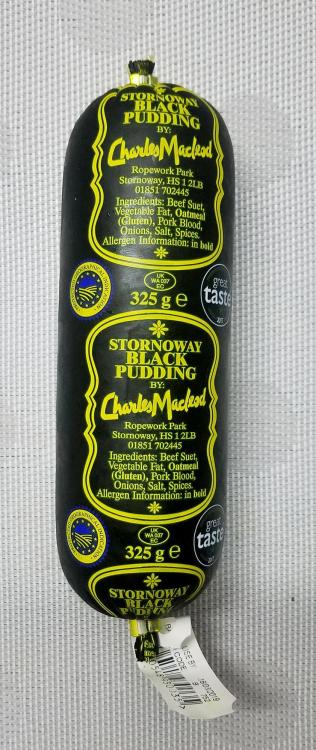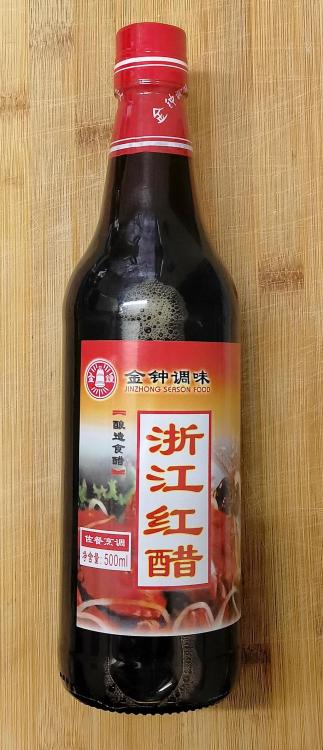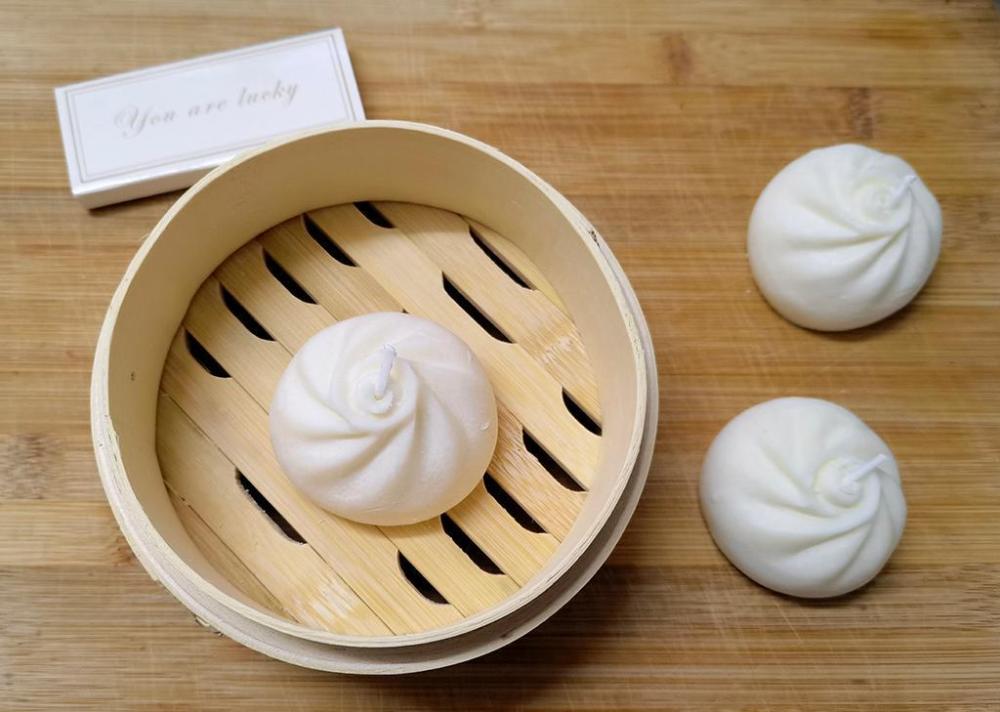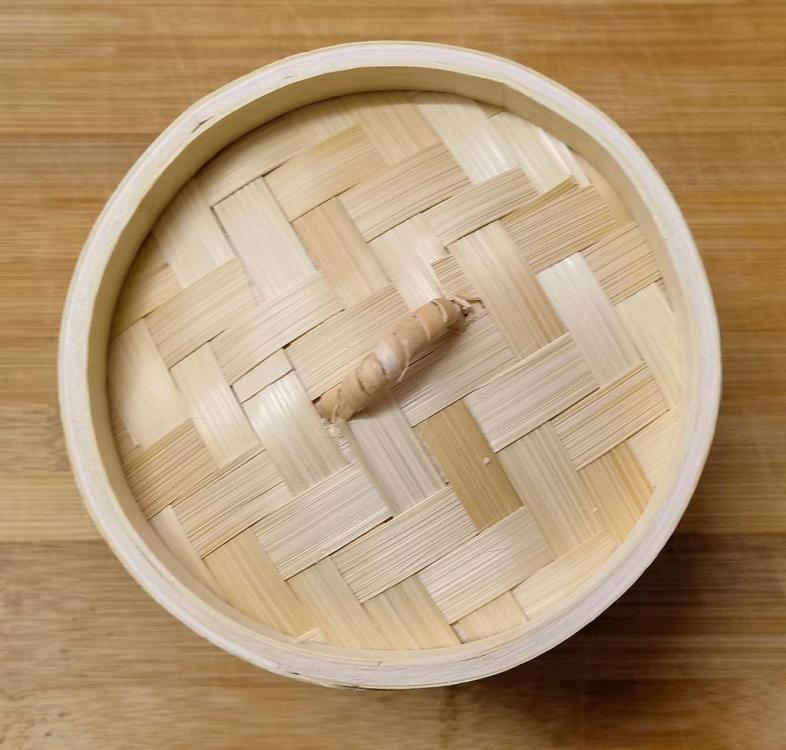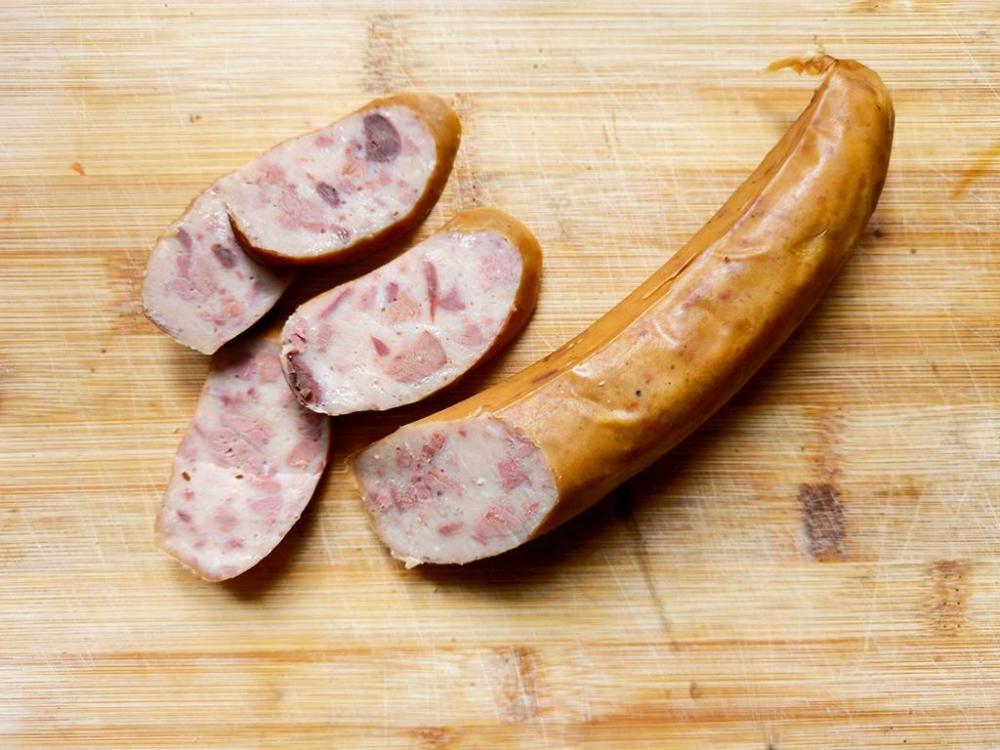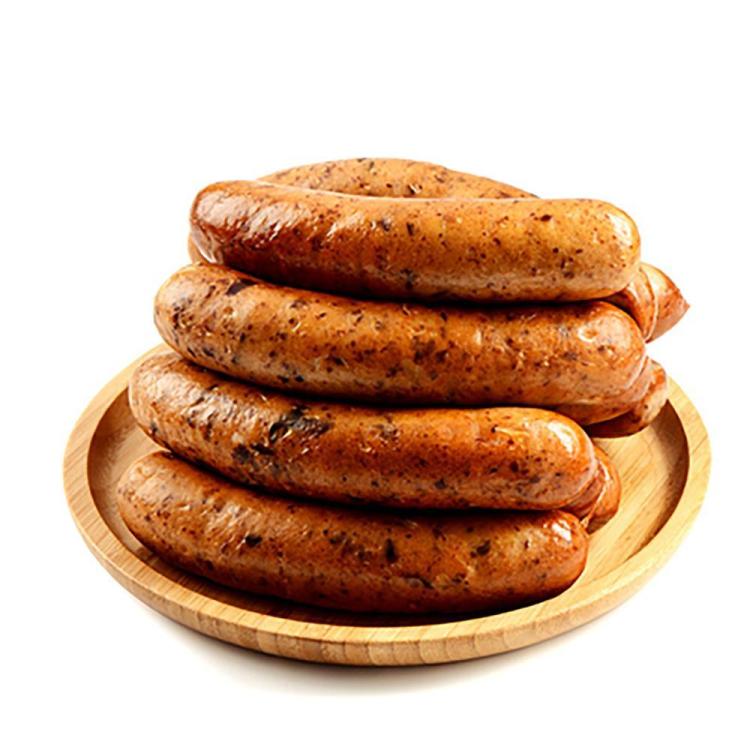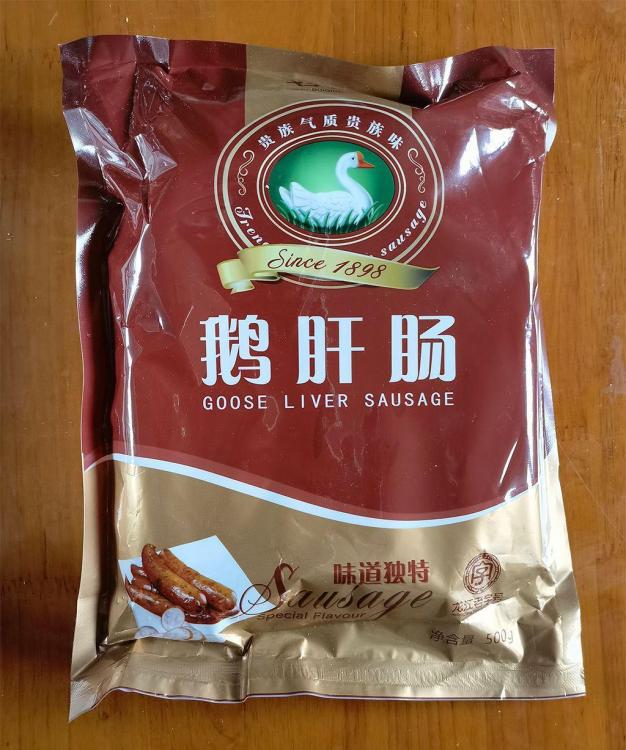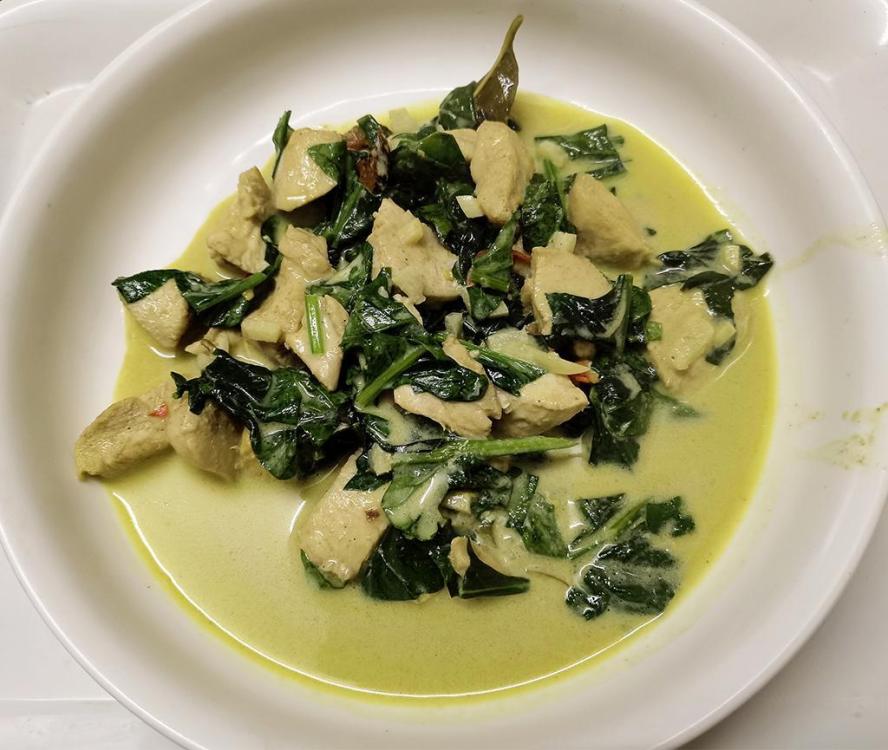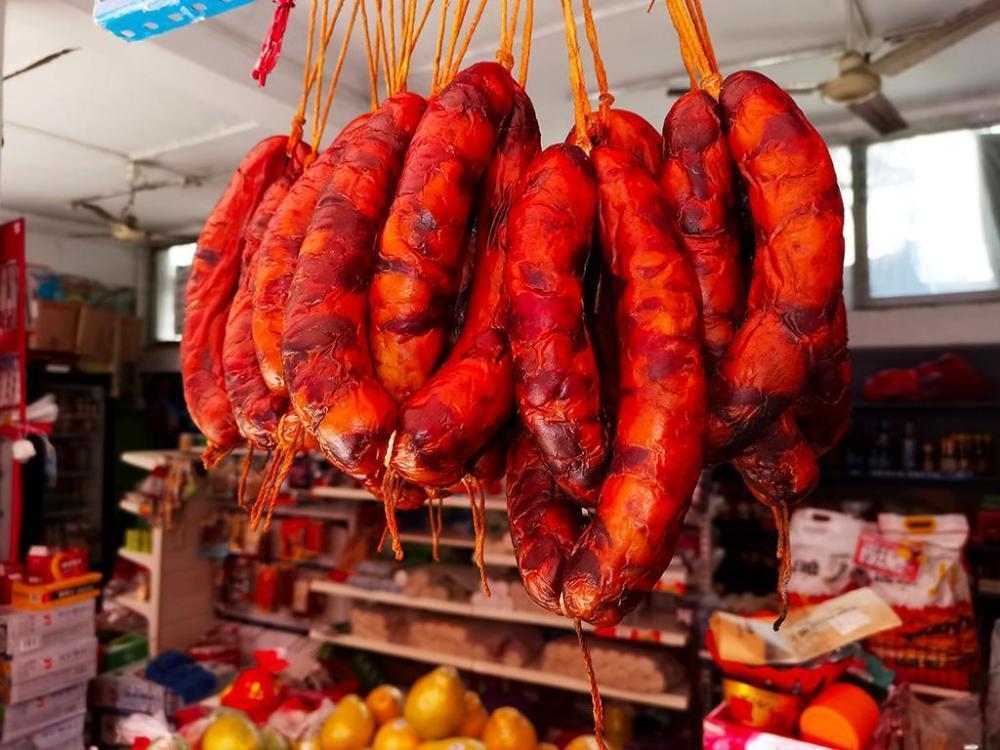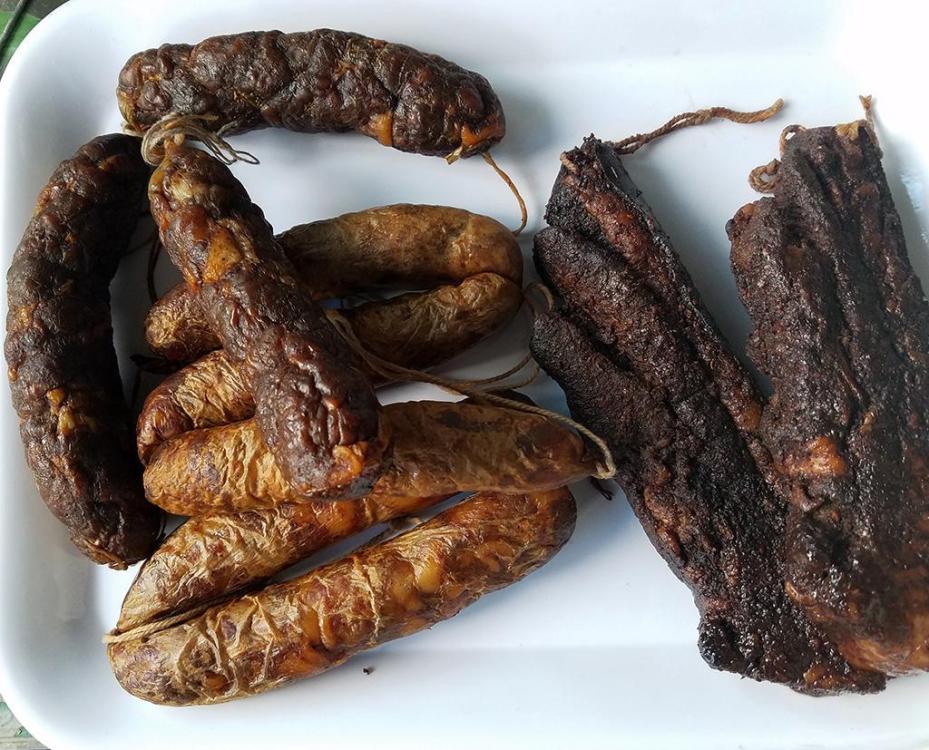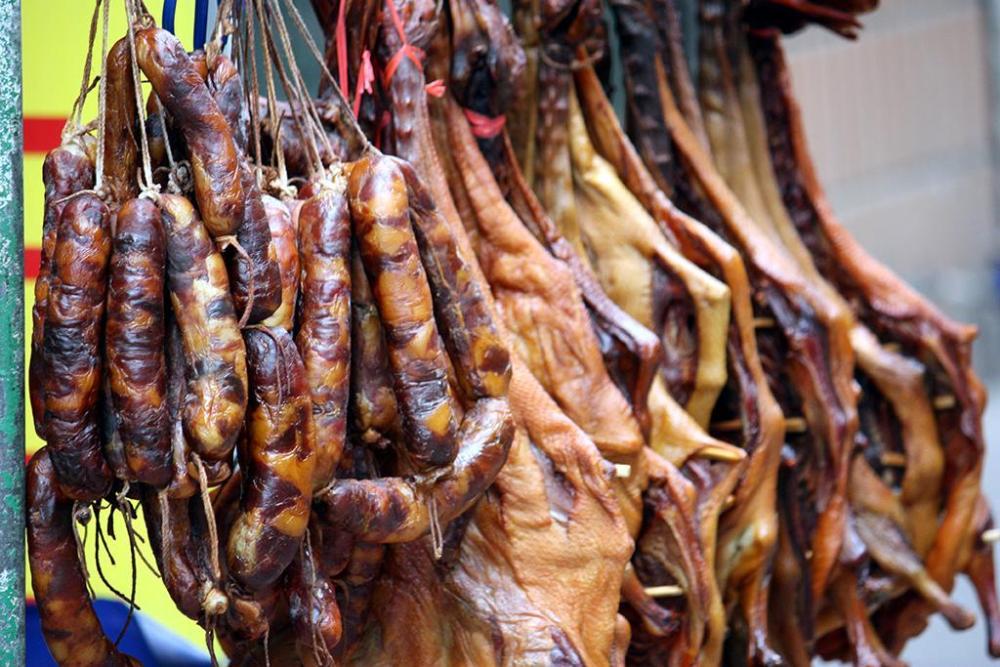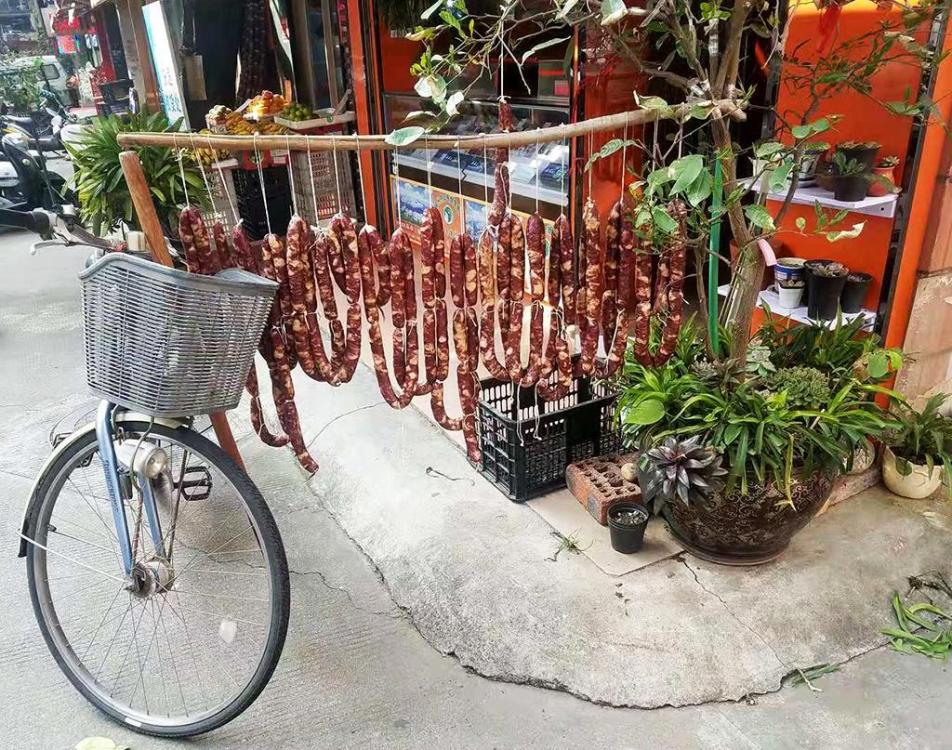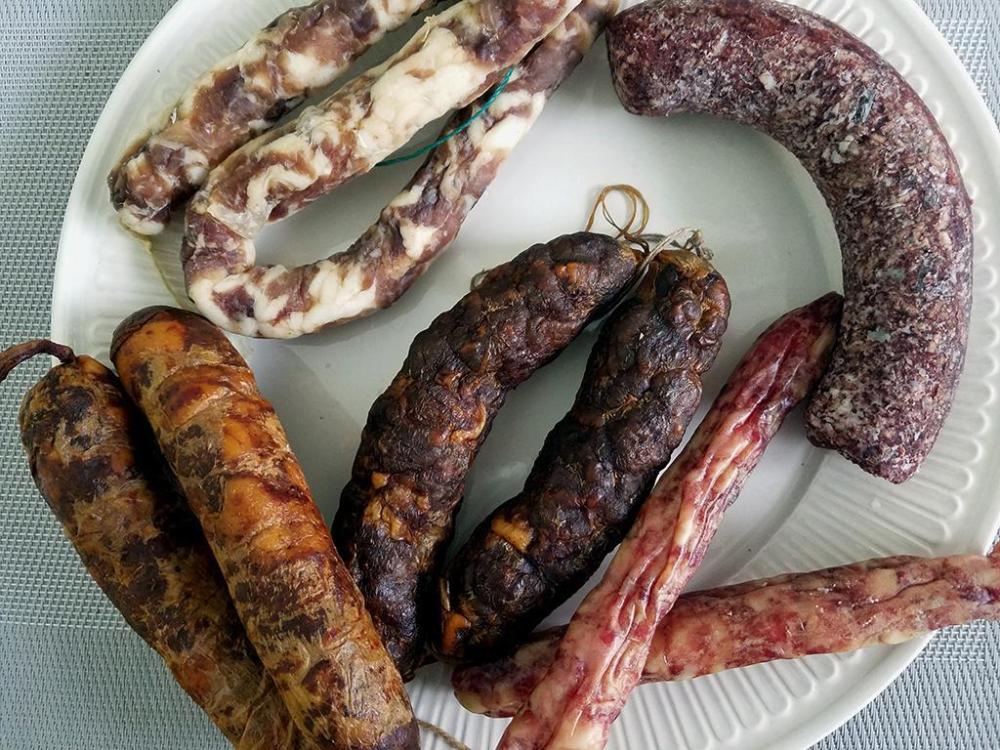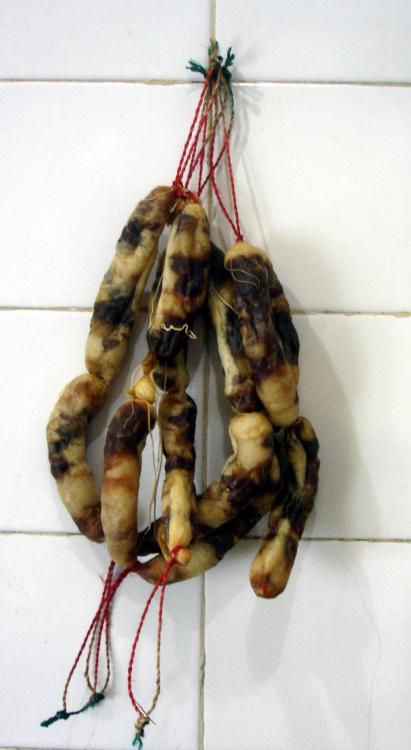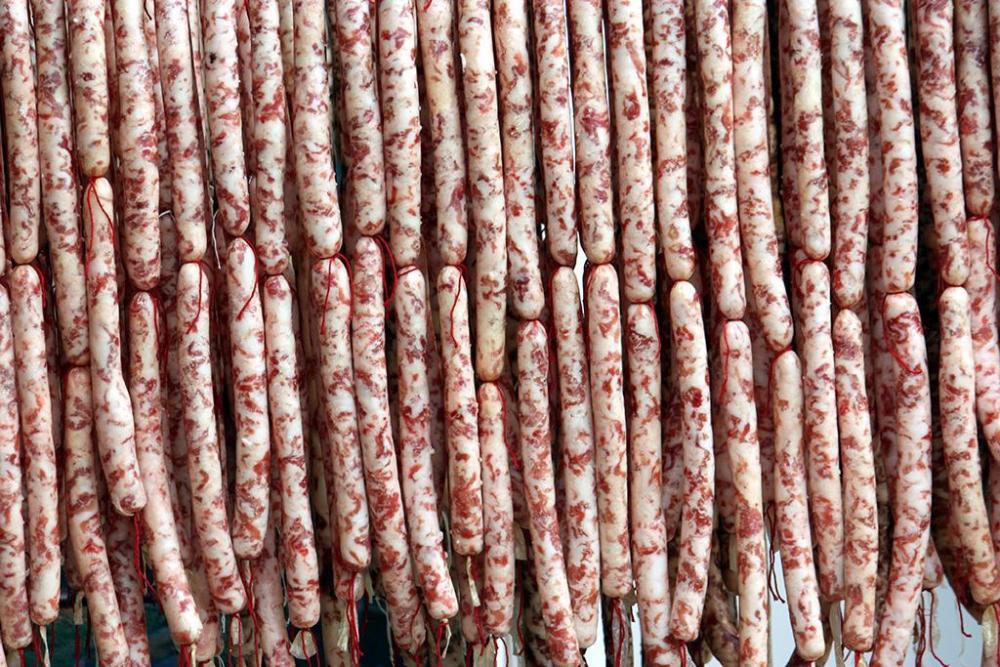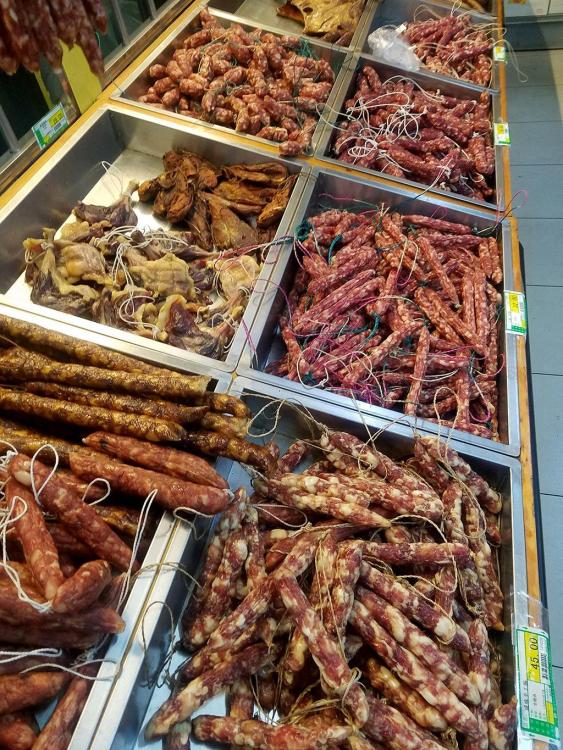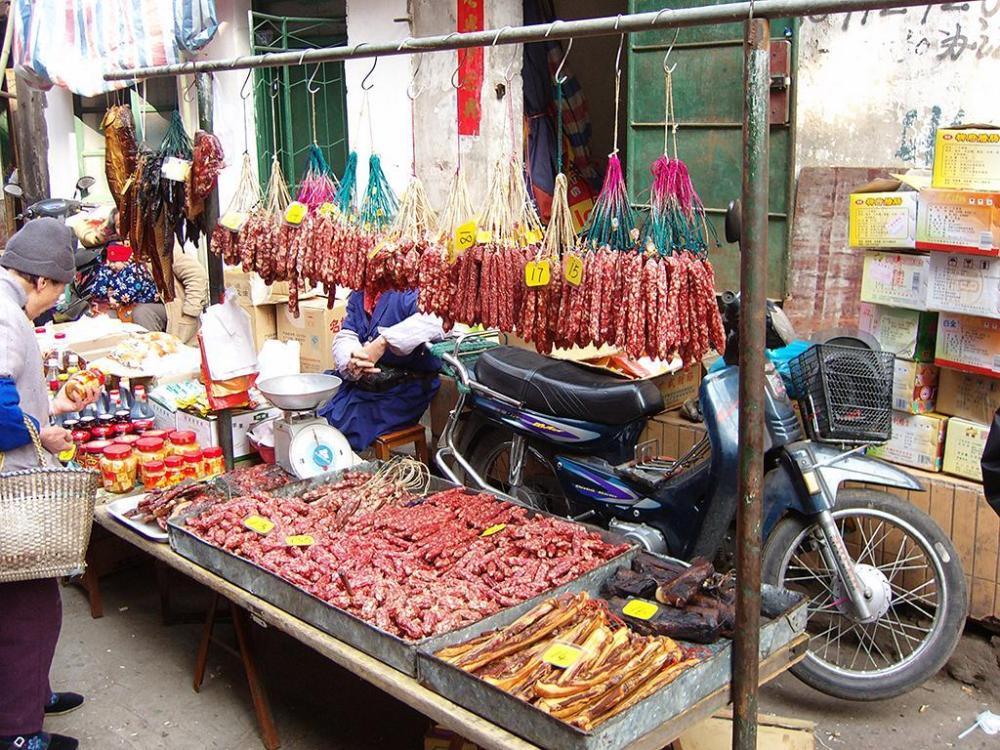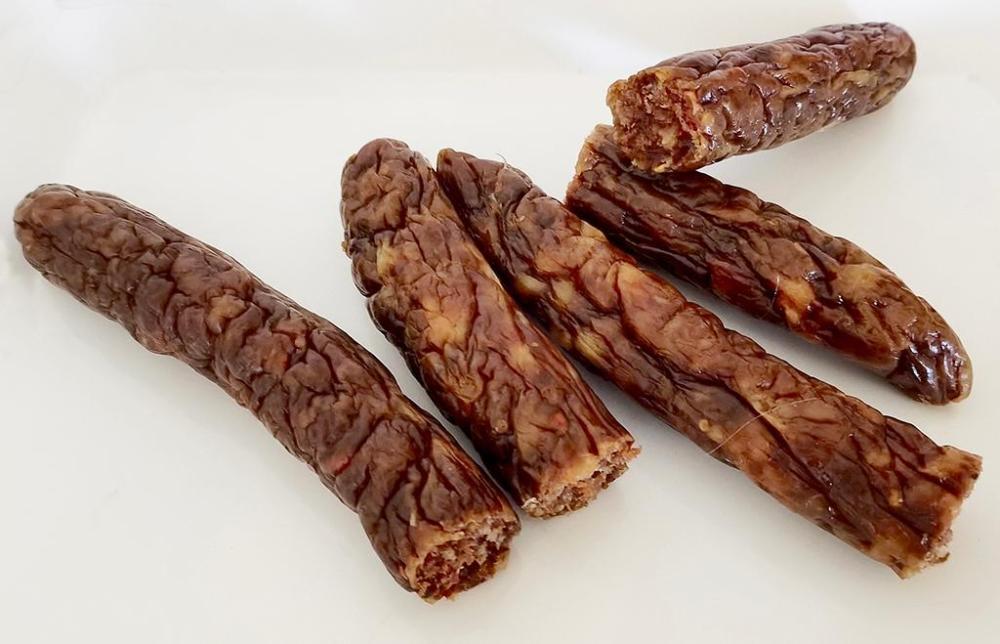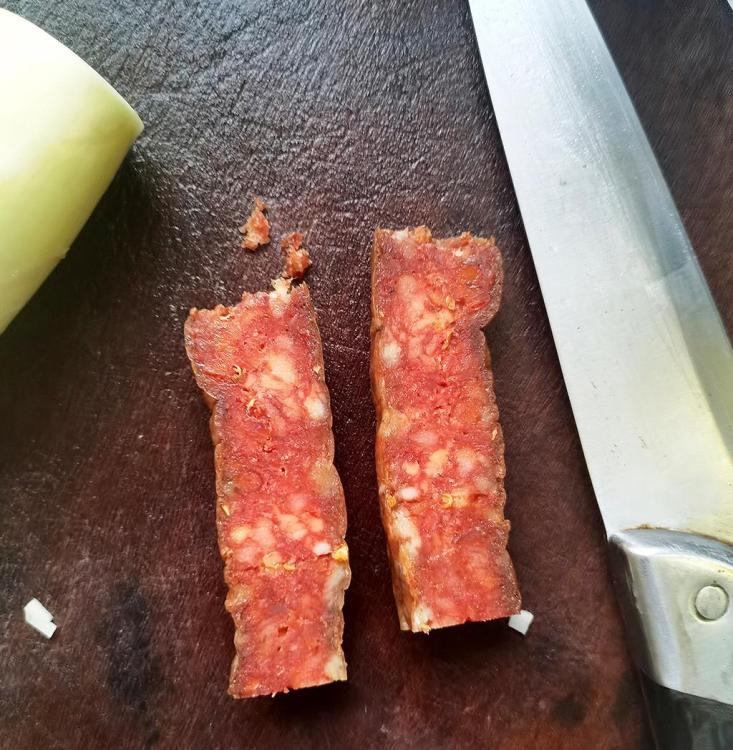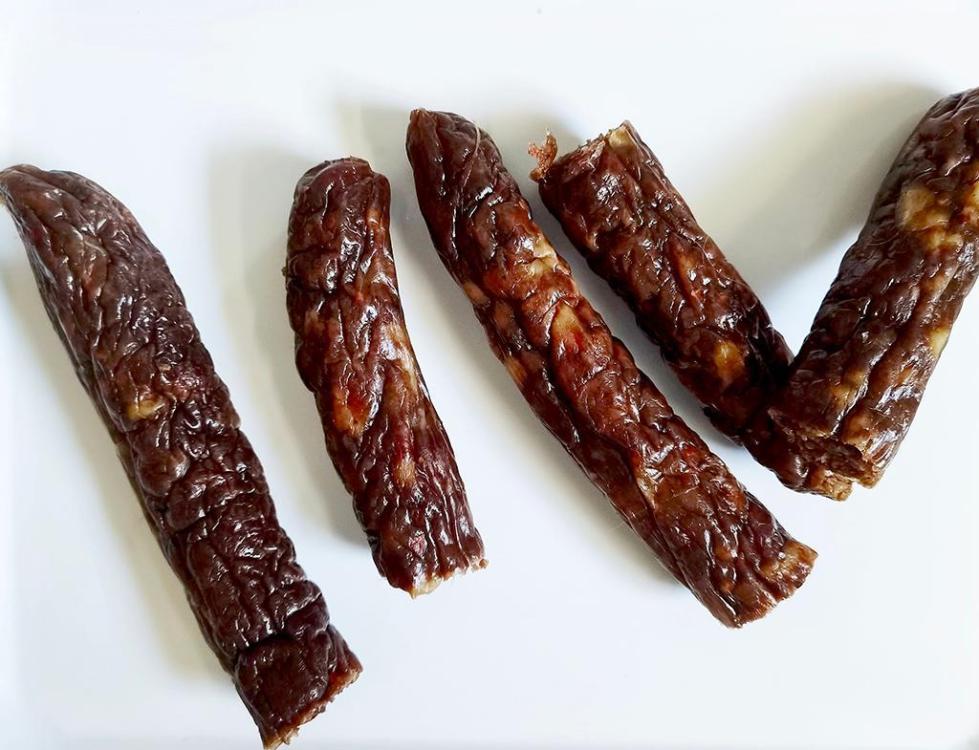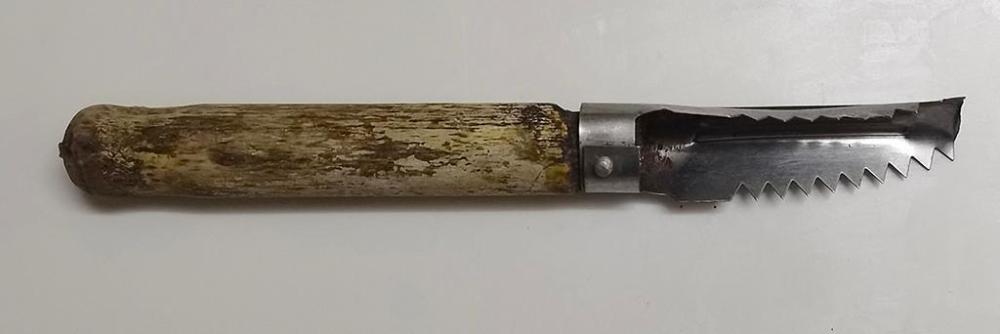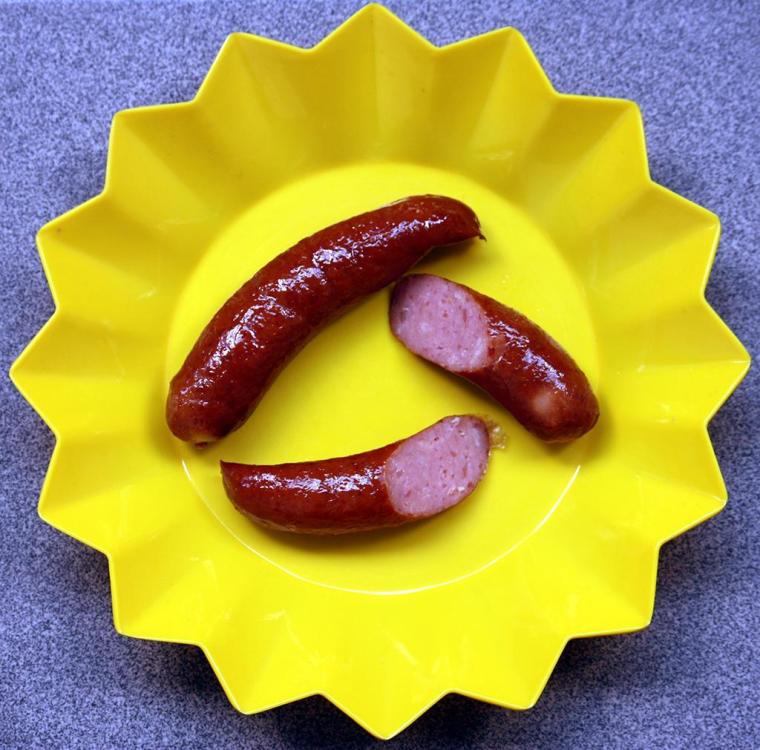-
Posts
16,666 -
Joined
-
Last visited
Content Type
Profiles
Forums
Store
Help Articles
Everything posted by liuzhou
-
I have never known anyone to make stock from Bovril. It would be too overpowering, I think. It has a very strong flavour. Nothing like you get from a stock cube. Both Bovril and Marmite are used in the same ways. They are both spread on toast and used to make a drink. Drinks are more common with the Bovril; on toast more common with Marmite. Bovril drink are de rigeur at football (what you might call 'soccer') grounds. Bovril even mentions the drink on the label by saying "Simply add one good teaspoon [to boiling water]", while Marmite also suggests adding it to hot water, surprisingly for soup. I've only known people to drink it as a hot drink.
-
A round up of pics of some of the more rare meat sausages found here. The camel comes from Xinjiang, the ostrich from Shandong and the crocodile from Shanghai. We also get donkey and horse meat sausages from Henan Province.
-
A more informative answer. Sorry, last answer was posted at around 2 am and I was wilting. Bovril ingredients: Beef broth (50%), yeast extract* (27%), salt, caramel and various flavourings and flavour enhancers etc. The yeast extract gives it a much different and deeper flavour than you get from stock cubes. * containing barkley, oats, wheat and rye
-
Being of Scottish descent, I was brought up eating 'black puddng' from Stornoway. Food of the gods! Unsurprisingly, I found that impossible to source in China. - well sort of. in the late 1990s I was living in Huaihua (怀化 huái huà) in western Hunan (湖南 - hú nán) province in south-central China and found the locals make a blood sausage. This I had to try. They are known as 血肠 - xuè cháng, which you will be astonished to hear means 'blood sausage'. Unlike the Scottish version which is made using pork blood and oats, in China rice is used as the filler (no surprise there). Apart from that the taste was close enough to keep me happy. Then in the early pandemic days, supplies were disrupted, but I found a substitute. Just south of Heilongjiang is Jilin Province (吉林 - jí lín). On Jilin's south-eastern corner is 延边 - yán biān Prefecture which borders North Korea. This area is home to between 1 and 1½ million ethnic Koreans, who are recognised as being one of China's official 56 ethnic groups. And they make blood sausage, too! Korean Blood Sausage I didn't like this one so much. It was rather over-much rice and poorly seasoned. Here in Guangxi, the neighbouring town of Yizhou (宜州 - yí zhōu) also makes blood sausage, but very few make it outside the town. They are also very good, though. Luckily, the non-supply from Hunan ended quickly and I'm back to as normal as I ever get. Bloody Breakfast
-
No. Much more complex. Stock cubes would be a lot cheaper!
-
I put my rice on last night (after dark), switched on the rice cooker and my entire apartment plunged into darkness. I stumbled outside to where the fuse box thing is. There was light in the stair well. So I reset everything. I thought. Replugged in the cooker and hit on switch. Same again! Returned to stair well and I was perched on my stool to reach the reset button, when one of my neighbours ran up the stairs and said "What the f... are you doing?" Well, he didn't exactly say that. He doesn't speak English and the equivalent word doesn't begin with an 'f'. No Chinese words do! So I cooked the rice the old way for the first time in about 30 years. First thing this morning, acquired a new rice cooker. All part of life's rich.
-
With Etch-a-Sketches being sold on Amazon for $23 USD, I think maybe I'd need more than one!
-
Is this "International Take Joke Literally Week"? I didn't get the email!
-
The vinegar above, despite being called Zhejiang vinegar, is in fact from Guangdong Province. To my eyes, the red colour is somewhat artificial looking. So I went on a search for a real Zhejiang vinegar from er, Zhejiang. This one, to be precise, is from Ningbo, a coastal city a short way south of Shanghai and firmly in Zhejiang. It arrived by courier today. I think you can see that it is considerably darker which is more what I would expect from the Monascus purpureus yeast infected red rice. (The glass is clear in both bottles.) It also has a much deeper, more rounded flavour.
- 1 reply
-
- 2
-

-
This definitely falls into the fun category. It certainly fulfills minimal practical use. Standard steamer basket as found in every Chinese kitchen (Chinese Food Myth No. 3) Nope. This one contains three lovely buns. What flavour? The only clue is "no essential oil, no fragrance" in the product description. Yep, the buns are candles. Even came with some matches to light the things! Scented buns were an option. Scents included gardenia, caramel, ice cream, peach, pear etc. No bao flavours! I suppose your dim sum can now be less dim!
-
黑龙江 (hēi lóng jiāng) Heilongjiang is China's northern-most province and borders Russian Siberia. It also shares a similar climate with Siberia and its freezing winters. It is most famous perhaps for the annual Harbin Ice Festival. It is also goose central! Goose meat is widely available, both farmed and wiild. And their livers are used to make foie gras and these goose liver sausages. Actually, they are pork and goose liver sausages. They taste mild but I can definitely detect the liver without effort. Delicious. These, I too have to buy on line. They cost me the equivalent of approx $7 USD / per pound. including delivery. They are one of my most frequent reorders. They are branded, but I'd be amazed if they are exported.
-
Sausages were invented as a means of preservation! Typical lap cheong type sausages have been cured, smoked and dried. Three different preservation methods. So yes, the hard (dried) type usually need no refrigeration. However, any responsible vendor or brand will include that information on the packaging or inform you verbally. But it seems you are stuck with your Vietnamese sausages unless you can find a passing Chinese aunty to teach you how to make them! Amazon only sell branded "Chinese" sausages from S.E. Asia for the simple reason that few people in China buy branded sausages, so there are few brands. As I said upthread, most people make their own. The sausages in that market picture were made by the vendor. They hang there all day until she sell them. In the tropics! No refrigeration.
-
much more to come.
-
Thai green curried chicken with spinach. Made with bottled green curry paste from Thailand, augmented by galangal, makrut lime leaf and chilli. Served with rice - of course.
-
Most people here in the south of China make their own sausages. Every January, they smoke them and hang them everywhere to dry in the wind. Here are a few examples showing the diversity of styles. Sichuan Style These were made by a friend who lives in Guangxi, near the borderwith Yunnan. What's in my fridge right now. All home made (not by me!) Cantonese Of course, the supermarkets and regular markets get in on the act. Market Sausages Supermarket Selection ... and many more.
-
Sichuan sausages 四川腊肠 (sì chuān là cháng) come in various forms. Most are pork, but they also do beef*. Sichuan sausages tend to be less fatty than their Cantonese counterparts and are laced with chili in various strengths, giving them a distinct red appearance. Generally speaking the darker they get, the spicier.. The also often contain Sichuan peppercorns. Not for the faint hearted. * As often as not, the 'beef' sausages are actualy water buffalo or even yak meat.
-
Well, if the steam can't get out the skins, where does it go?
-
I don't understand 15-2 seconds. Did you mean 15 to 20? Not that I have a microwave, anyway.
-
Having had an exploding potato all over my oven, I will happily contine to poke, thank you. Also, I want my baked potatoes to be baked; not steamed.
-
Harbin Red Sausage 哈尔滨红腊肠 (hā ěr bīn hóng là cháng) was introduced to China from Russia at the beginning of the 20th century. It resembles a smoked Polish or Lithuanian sausage much more than the well-known lapcheong Cantonese sausages. They are relatively low in fat and smooth textured. Me likes 'em.
-
Well, for a start your sausages are Vietnamese, not Chinese, but possibly made in a Chinese (Cantonese) style. China has many different types of sausage. I have in my fridge blood sausage from Hunan, red sausage from Harbin near Siberia. Camel sausages from Xinjiang in the far west of China. Yak meat sausages from Tibet. Are you getting your online sausage from Amazon US or a local version? That may limit availability. As to recipes for Cantonese type sausage (腊肠 / 臘腸* - lapcheong in Cantonese, là cháng in Mandarin), they tend to be cooked very simply. Just sliced and fried. Or steamed over rice in the rice cooker. And yes, of course with fried rice as you have found. Dropped into hotpots or over noodles. Also, some are very fatty; some are very lean. Some are pork; some are liver. Some are duck liver. Some are chicken. * The first, 腊肠 is written in simplified characters as used on the Chinese mainland; the second, 臘腸 is in traditional characters as used in Hong Kong, Macao and Taiwan, as well as among much of the Chinese diaspora.)





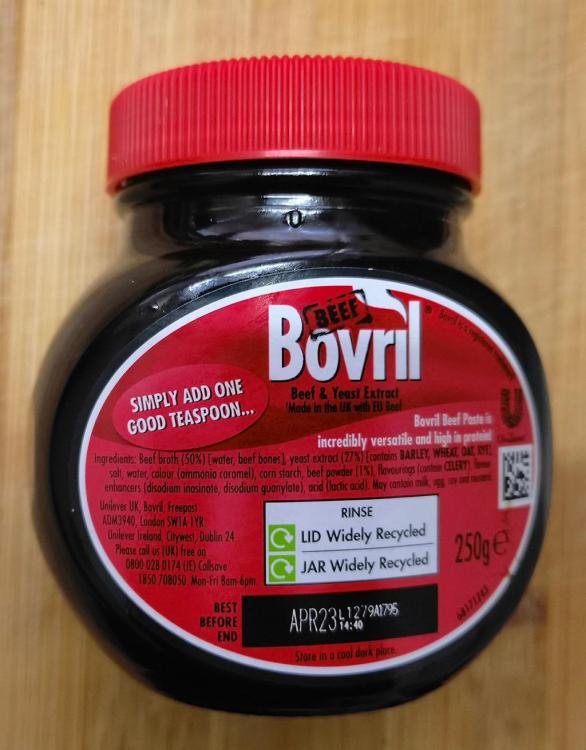
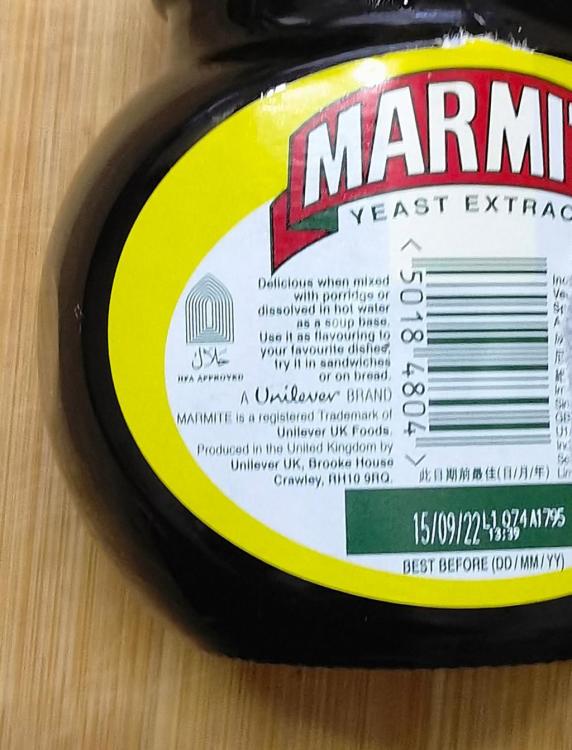

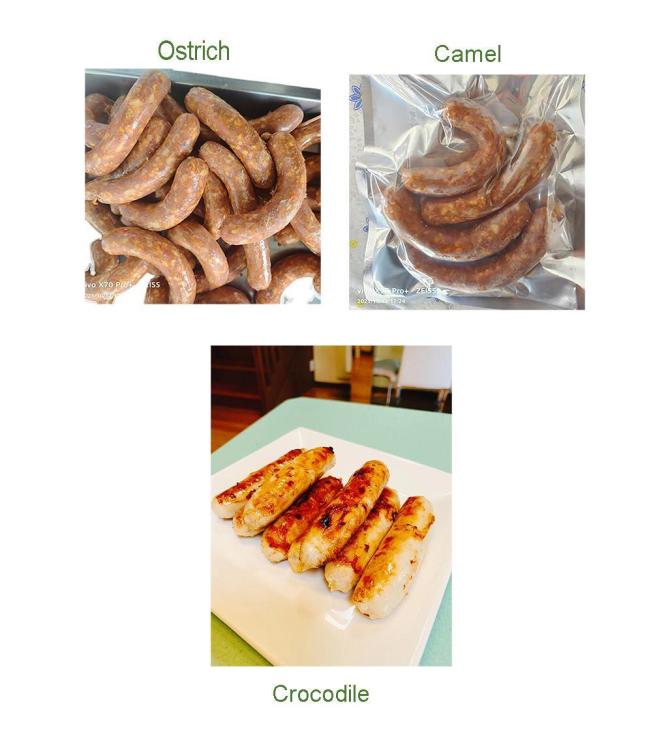
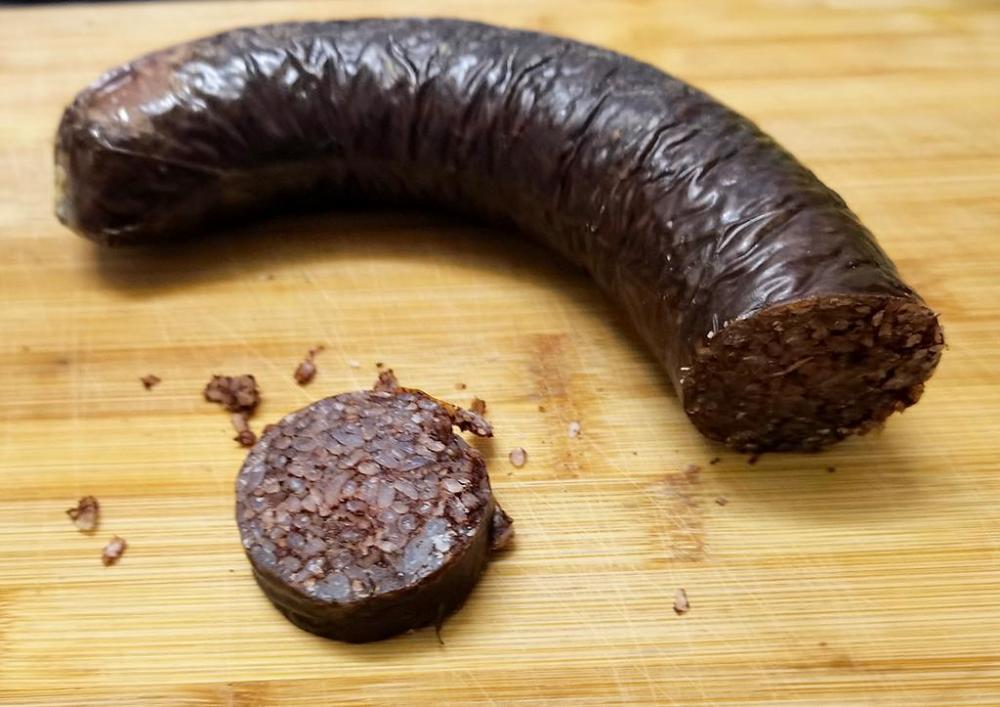
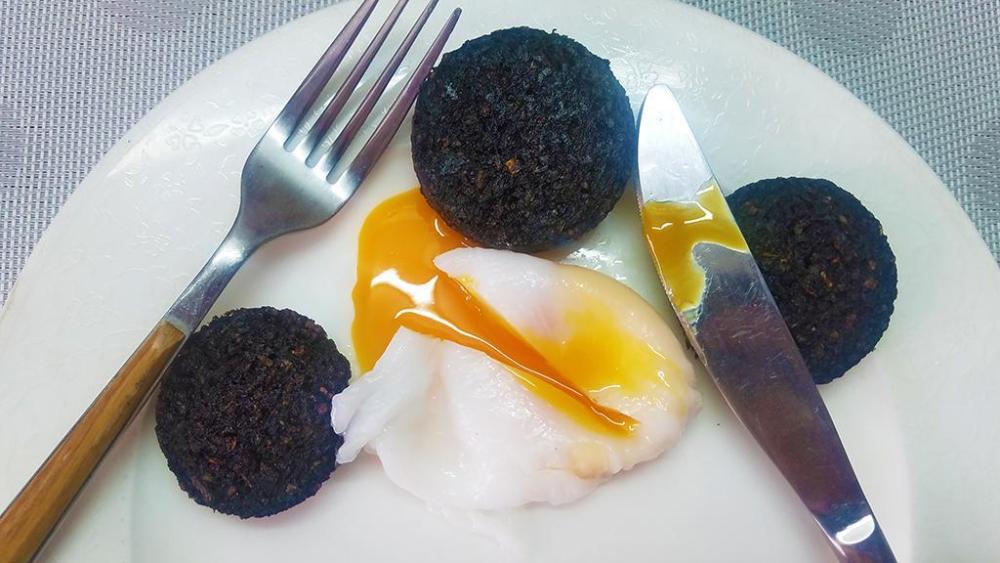
.thumb.jpg.6cc31fe1e8895c4565a7e390b006f807.jpg)
